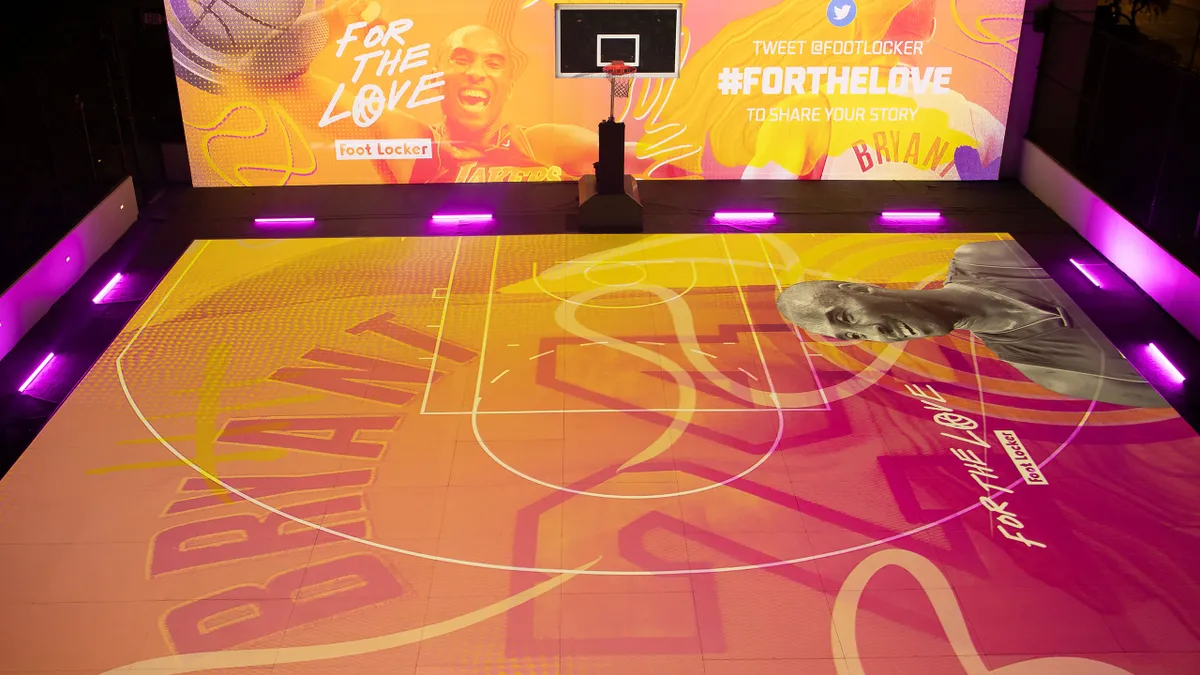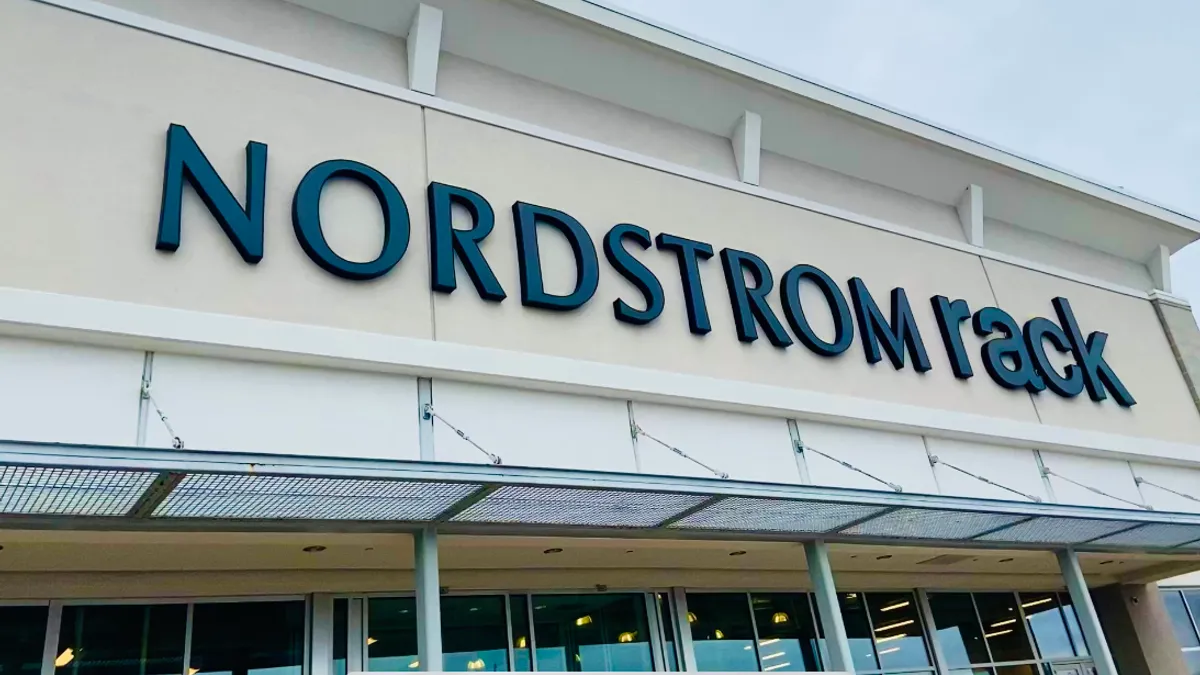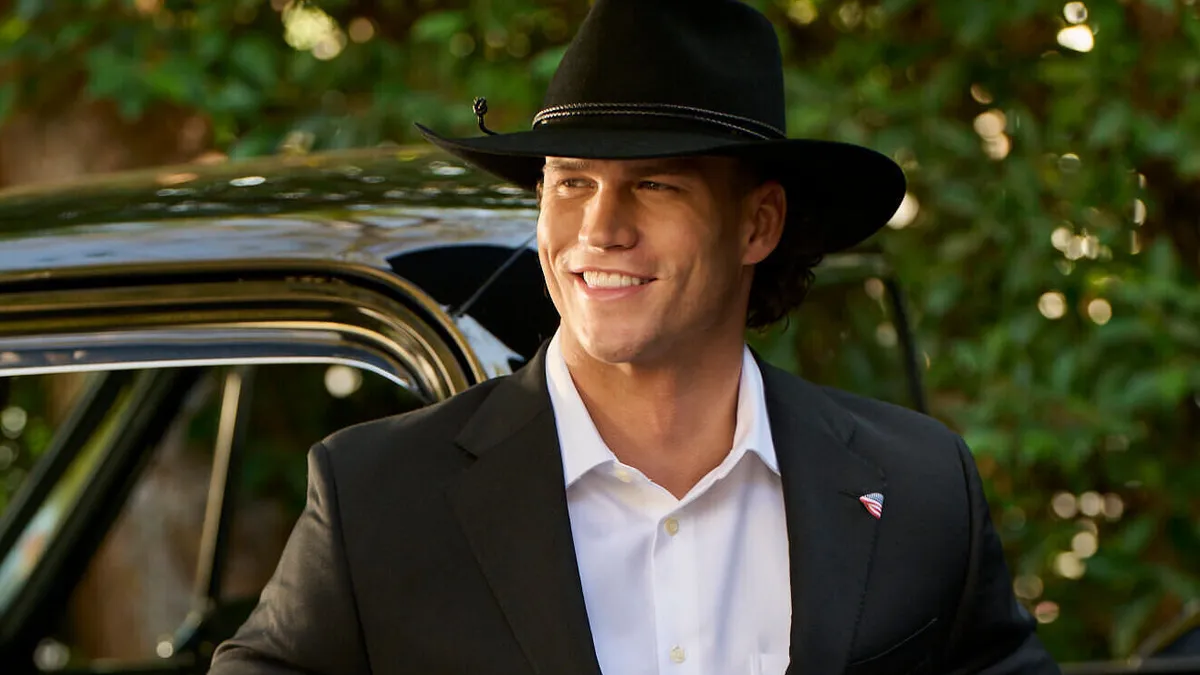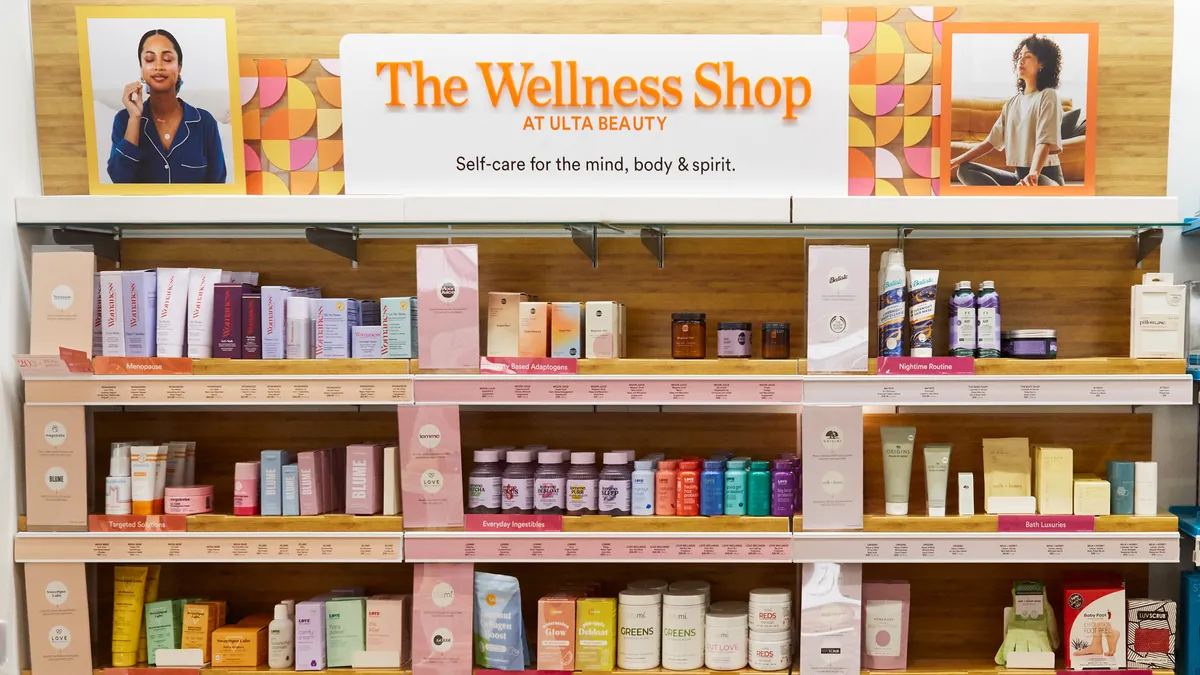The athletics market has been crowned one of the winners of the pandemic, but the picture is more complicated than that narrative suggests. According to a joint report from McKinsey & Company and the World Federation Sporting Goods Industry, the global sporting goods market contracted in 2020 for the first time since the financial crisis.
"Most brands, retailers and manufacturers finished the year significantly in the red, despite a bounce back in activity after the first and before the second wave of COVID-19 related lockdowns," the report said.
The general perception that more people are being active than before the pandemic, thus booming the activewear space, isn't quite true, according to McKinsey and WFSGI. About 40% of people are being less active than before the pandemic, while 30% are more so. The company also expects the physical activity gap to widen between higher-income and lower-income households, as the pandemic has exacerbated financial challenges for many consumers.
The sector tracked better than apparel overall, though, which has been decimated by the global health crisis, and brighter days are ahead. McKinsey and WFSGI expect the U.S. sporting market to return to a growth path in 2021 that's more in line with previous trajectories once the pandemic is under control. That’s good news for retailers like Foot Locker and its peers, which have weathered a tough year managing consumer sentiment and shopping preferences.
Despite overall sales challenges, the space also saw significant gains in terms of digital sales: online penetration is six times higher than before the pandemic, and at major players online share grew approximately three times between 2019 and the first half of 2020. The current online share of sales in the market was expected four years from now, according to the report.
That means changes for how sports retailers market as well.
A digital-led sports landscape
Along with higher digital sales in 2020 comes the expectation for more digital marketing efforts as well.
Almost two-thirds (64%) of executives surveyed in the McKinsey and WFSGI report said they expect the industry to focus more on digital advertising, and 43% said marketing will not be as tied to major sporting events. That last point comes as the industry finishes out a year where sporting events have been barely recognizable, with fans digitally joining the "crowd" and watching largely from the comfort of their homes.
"The absence of these and many other events from the calendar has left a significant hole in brands' ability to build awareness, credibility, and engagement," the report said of major events. Researchers expect that means an uptick in influencer marketing, specifically with professional athletes, who often have larger Instagram followings than brands or teams, and can achieve higher engagement rates. The authors warned, though, that influencers need to have the same values as the brands they're partnering with, as consumers increasingly expect influencers and brands to take a stand on important issues.
"Relationships with athletes work especially well where athletes' positions are aligned with the brands', and the brand itself takes a stand on relevant issues," the report reads. "This kind of active support is often tied to an immediate uptick in sales, and many brands now highlight their commitment to causes in their marketing and wider corporate communications."
Foot Locker, which considers itself "married to basketball," has been heavily focused on influencer partnerships and collaborations with local celebrities in the basketball space for its recent campaigns, according to Jason Brown, vice president of marketing for Foot Locker, Lady Foot Locker and Kids Foot Locker.
As the pandemic hit, Brown said the company felt a need to contribute in some way, and the athletics retailer did so through a marketing campaign called Collaboraid, where it partnered with different youth culture designers to create unique products and also donate proceeds, or in some cases, products, to nonprofits. Foot Locker also did a series of digital court projections with basketball-inspired art this year, partnering with digital artists and basketball influencers like Filayyyy and Brittney Elena to "celebrate basketball culture" without the need for customers to congregate during the pandemic.
"Think about it, even if the world was 'normal,' and this is happening in LA, if we didn't make this digitally universally available for everyone, we wouldn't have had as many people participate," Brown said. "To a certain degree, it's sort of democratized experiential events because everyone can go to All-Star Weekend and see the huge Foot Locker activation that we traditionally do."
Engaging with consumers digitally through workout classes or instructional videos was also successful for some sports brands in 2020, according to Alexander Thiel, partner and leader of the Sporting Goods Practice EMEA for McKinsey. Thiel said workout apps or videos not only helped consumers stay active during lockdowns, but also brought a sense of community to people stuck inside for long periods of time.
The emphasis on digital will be critical going forward, Thiel said during a briefing on the report, as successful sporting brands will take advantage of digital engagement opportunities and develop new marketing strategies to fit the changed landscape. Thiel also highlighted the importance of the shift from "thinking primarily wholesale to eventually thinking primarily e-commerce or even direct to consumer," which requires changes to supply chains and potentially where stores are located, among other things.
Foot Locker, for its part, is preparing to lean even more into digital going forward, a plan that has been accelerated by the pandemic.
"I don't think we're at a place where we feel totally confident that we can just have an in-person event. I mean, we see all the statistics with COVID right now," Brown said. "We were already moving to a place where we're reconstituting ourselves as digitally led. But I think, not only with just us, you'll probably see other brands within the landscape doing the same exact thing, because we still want to engage with our consumers — there's still a demand from them to engage with us — and that digital lane is the best, safest way to do so."
Navigating a bumpy recovery
While pivoting to digital is one of the most obvious ways for athletics retailers to safeguard themselves from the impacts of the pandemic, there are a few things about the global health crisis that are different from previous speedbumps.
"The previous crises that the sporting goods industry has been going through … sporting goods was coming out always quite, quite good. And the reason was simple: because people in crisis periods always had a need to be active and were able to be active at that same time," Robbert de Kock, president and CEO of WFSGI, said during a briefing on the report. "Even if everything was under pressure, sport was continuing. But we've never seen a disruption as this time due to COVID, because the element that was not taken into consideration in the crisis was that now also sports facilities simply were closed."
The result was that sports retailers were unequally impacted by the pandemic, as certain categories benefited and others faltered. Large indoor group sports and even individual ones that require travel were hurt, including golf, triathlon, basketball and gyms, while running, cycling, home workout equipment and outdoor sports saw growth. Those trends are expected to generally remain, with categories that were winning in 2020 continuing to win, and losing categories continuing to struggle.
Foot Locker saw both sides of the sporting goods trends, as its running categories picked up while its Eastbay banner struggled in areas where kids weren't allowed to play sports, Brown said. Being focused on high school athletes put Eastbay in a tough position, as there wasn't as much of a need for yearly purchases like cleats. McKinsey and WFSGI found that the total number of hours kids spent playing sports decreased by almost 50% during COVID-19.
"Depending on where a certain company found itself, where the focus lay — or how fast they were also able last year to shift the focus to following consumer demand — we saw this then also in their sales," Thiel said.
The mixed impacts of COVID will also mean a more stark separation between winners and losers in the sporting goods space, according to Thiel, rather than a rising tide that will lift all boats scenario. Thiel pointed to Reebok, which fell from a fourth-place position in terms of global market share in 2007 to 13th in 2019, as an example of this idea. Reebok did not lose sales during that time period, the market just grew, Thiel said.
For Foot Locker, the company will always be focused on basketball, despite its somewhat challenged status as an indoor team sport during the pandemic, and is planning to continue engaging with basketball fans at key points, including the NBA draft and the NBA season kickoff. In the draft this past year, Foot Locker linked up with some of the young hopefuls and had them wear product that was coming out soon, for example, as a way of celebrating the new talent coming into the game, while also getting its products in front of potential consumers.
The retailer hasn't given up on its in-person marketing strategy, either. It's just changed for the time being, according to Brown.
"House of Hoops — that's still our pinnacle expression of the Nike Jordan Brand," Brown said. "We have 100-plus stores with them, we'll continue to tell basketball, culture-related stories that way. And even from a Foot Locker own-brand perspective, we're going to celebrate basketball — not even just during the NBA season, not only during the WNBA season … you'll still continue to see those moments."
Talking about the challenged sports season in 2020, Brown said that younger generations, which are Foot Locker's core focus, aren't necessarily watching full basketball games anyway. They'll watch YouTube clips or SportsCenter highlights. Foot Locker's goal is to be a part of the conversations that emerge from the games. The company also benefited from the timing of the Michael Jordan documentary "The Last Dance," which came out in 2020 and renewed consumer interest and conversation around the basketball legend and, as a result, the Jordan brand.
Foot Locker has been focused on tweaking its tone to be less product and price-driven and more storytelling-focused rather than making sweeping changes to its purpose or how it engaged with customers. The retailer also leaned into social listening teams to navigate consumer sentiment around the pandemic, the Black Lives Matter movement and other factors throughout the year that might impact how consumers saw them.
"We were very thoughtful in terms of the collaborators that we chose — people that already are active in their community, people that already have a history of giving back and just being optimistic and positive in a time of such chaos," Brown said. "And when we brought the stories to life, I think we were a bit more purposeful and thoughtful in terms of telling the consumer why we wanted to show them this product and why it matters, and who also would benefit from it."
Those challenges aren't over. Foot Locker may be checking the box McKinsey and WFSGI set on influencer-driven marketing strategies that reflect company values, but Foot Locker and its peers in the sporting goods space will also have to hurdle a host of other obstacles to succeed in the next year. According to McKinsey and WFSGI, those include: a presence in growing categories like women's and athleisure, a developed DTC model, a direct connection with customers, a purpose-driven store footprint, a legitimate sustainability strategy, agile supply chains, and flexible planning and budgeting processes.
And on top of that, retailers are still marketing at a time when consumers are stressed and preoccupied by a host of issues, including the pandemic, financial uncertainty, systemic racism and a fraught political landscape.
"We all made it through 2020," Brown said. "2021 has started to be a bit of a challenge — all of those events that you reference create additional landmines that you need to be cognizant and aware of, for sure."





















